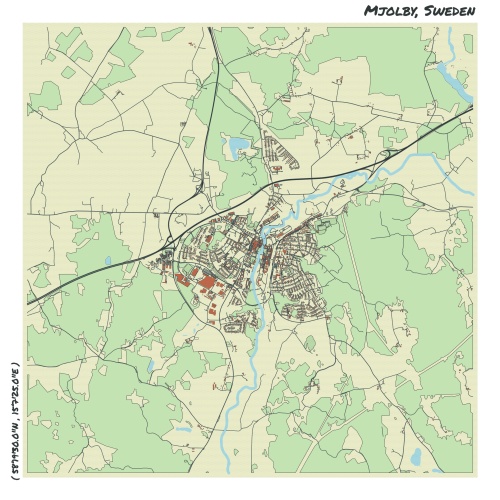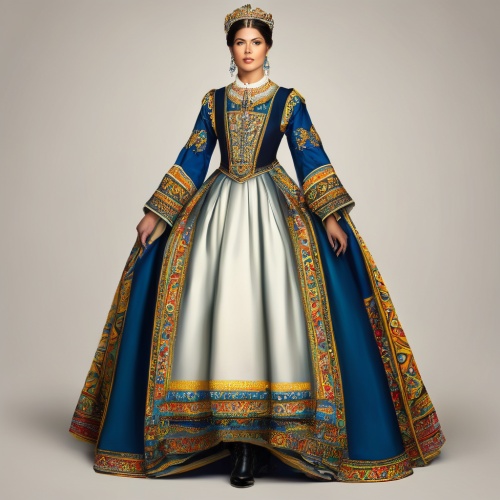Understand
In the charming town of Mjlby, history meets nature in a fascinating way. Once known as Mlloby in Old Swedish, the town's name is derived from the word for mill. Mjlby was bustling with mill activity as early as the 1100s, thanks to the fertile plain and the rapids in Svartn. During the Middle Ages, the town witnessed a fateful clash between Nils Dacke's peasant army and a royal force at the Kungshgarna. Though the battle ended in a draw, it marked the beginning of the end for the peasant uprising. As time went on, the number of mills in Mjlby continued to grow, reaching its peak in the 18th century. However, most of the old mills were destroyed in 1771, leaving only two standing. The 19th century saw a resurgence in mill activity, with eleven mills in operation by 1828. A significant milestone occurred in 1927 with the opening of Mjlby power station, taking over hydropower generation from the century-old mills. While many mills were demolished, a few, such as Klosters, Norrgrds, and Kanikegrds, remained as electric mills for a time. The largest mill, owned by Mjlby Kvarn AB, relocated near the railroad and continued operations under different owners until 2010. The availability of electric power revolutionized the town, stimulating the growth of various industries and other ventures in Mjlby. Delve into the intriguing history and witness the transformation of Mjlby over the centuries!
Map & Climate
Popular Foods
 Swedish Meatballs (Köttbullar) - These savory meatballs are made primarily of ground beef, onions, breadcrumbs, egg, milk, and seasonings. They are typically served with a creamy sauce and mashed potatoes, accompanied by lingonberry jam or pickled vegetables for added tanginess.
Swedish Meatballs (Köttbullar) - These savory meatballs are made primarily of ground beef, onions, breadcrumbs, egg, milk, and seasonings. They are typically served with a creamy sauce and mashed potatoes, accompanied by lingonberry jam or pickled vegetables for added tanginess.  Gravlax (Gravad Lax) - This dish consists of raw salmon fillet cured in a mixture of sugar, salt, dill, and sometimes vodka or aquavit. The flavors meld together over several days, resulting in a delicate, firm texture with a slightly sweet and salty taste. It's often served with mustard sauce, boiled potatoes, and sour cream or caviar for special occasions.
Gravlax (Gravad Lax) - This dish consists of raw salmon fillet cured in a mixture of sugar, salt, dill, and sometimes vodka or aquavit. The flavors meld together over several days, resulting in a delicate, firm texture with a slightly sweet and salty taste. It's often served with mustard sauce, boiled potatoes, and sour cream or caviar for special occasions.  Cinnamon Rolls (Kanelbullar) - These sweet pastries feature enriched dough rolled out and swirled with a filling of cinnamon, sugar, and butter before being baked until golden brown. They can be enjoyed naked or glazed with a simple powdered sugar glaze or an indulgent cream cheese frosting. Enjoy them fresh from the oven for a warm, sticky, and sweet treat.
Cinnamon Rolls (Kanelbullar) - These sweet pastries feature enriched dough rolled out and swirled with a filling of cinnamon, sugar, and butter before being baked until golden brown. They can be enjoyed naked or glazed with a simple powdered sugar glaze or an indulgent cream cheese frosting. Enjoy them fresh from the oven for a warm, sticky, and sweet treat. 




Comments
NO COMMENTS